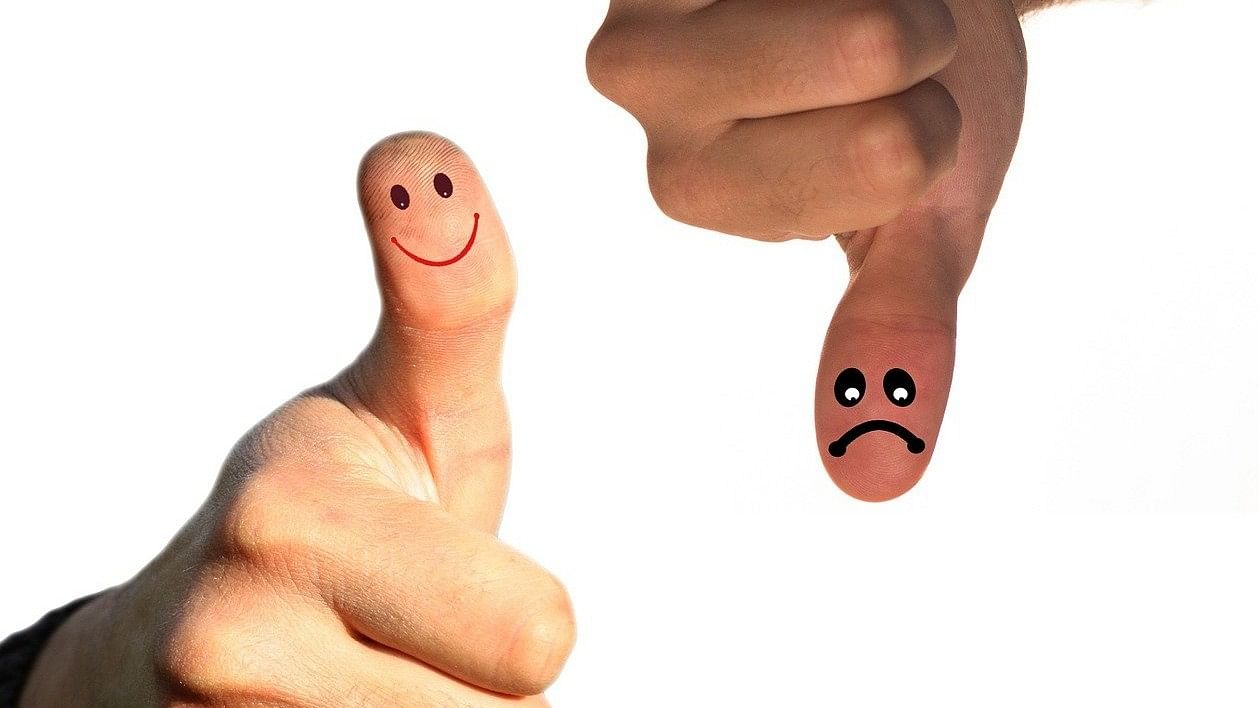
The line between offence and harm has become blurred in recent years.
Credit: Pixabay Photo
In today’s increasingly polarised world, the tension between artistic freedom and social responsibility is at the forefront of public discourse. By its nature, art is meant to provoke, challenge societal norms, push boundaries, and inspire new ways of thinking. Yet, as societies grow more intolerant and sensitive to offence, artists are often caught in a tug-of-war between exercising their creative freedom and consciously restraining their views to preserve ‘social harmony’.
Salman Rushdie once said, “Without the freedom to offend, freedom of expression ceases to exist.” His words are relevant in an era where artistic expression and even innocuous comments frequently lead to public outrage or unwarranted legal action. Do artists bear a moral responsibility to avoid provoking offence, or is their role to push society toward change, even at the cost of discomfort?
The line between offence and harm has become blurred in recent years. John Stuart Mill’s distinction between the two may be useful here. Harm involves tangible threats, while offence is subjective. Often, offence is confused with harm. Examples abound, from the forced removal of Tamil film Annapoorani from Netflix to legal actions against influencers or tweeters.
Whether in films, literature, or social media, even the mildest opinions can provoke a swift backlash. This culture of offence, while stifling free speech, is also a reflection of a society that is immature and impervious to the value and power of art and free speech. Unfortunately, intolerance quickly leads to increased censorship by authorities and prolonged legal battles. Recently, the Supreme Court of India set aside the Madras High Court’s directive on shutting down Red Pix, a YouTube channel, and the Bombay High Court firmly said no to the Centre’s fact-checking unit, which are welcome steps. As much as this phenomenon reflects society’s growing awareness of individual and group sensitivities, it also raises concerns about the future of open discourse.
From a liberal democratic perspective, freedom of expression is essential. The Universal Declaration of Human Rights (Article 19) explicitly protects it, extending to artistic works as art serves as a tool for dissent and critique, crucial to the progress of democratic societies. Therefore, the argument that limiting artistic expression or opinion to avoid offence fosters stagnation and authoritarianism is quite valid.
For example, Lady Chatterley’s Lover by D H Lawrence and Nabakov’s Lolita, once banned for their explicit content, are now celebrated for exploring human relationships. Similarly, George Orwell’s 1984, banned for its political commentary, has become a vital defence of free thought today. Art has enormous potential to shape public opinion, and historically, censorship has always been justified as a means to protect national security, social harmony, and public morality. In Victorian England, for instance, Thomas Bowdler produced a sanitised version of Shakespeare’s plays, removing sexual references to make them more palatable for family audiences. Films such as The Last Temptation of Christ and Persepolis were banned in various regions for their controversial depictions of religion and politics. The standard argument for censorship remains that provocative or insensitive art can inflame tensions and disrupt social harmony, particularly in an era of heightened polarisation. However, definitions of what is offensive or harmful are fluid. Works once banned for their provocations often come to be regarded as masterpieces, and the line between necessary censorship and suppression of free expression is ever-shifting.
Hence, Edward Said, the historian and cultural critic, staunchly defended the right of artists to provoke controversy, arguing that such work stimulates debate and challenges societal complacency. At the same time, some scholars maintain that artists have a moral responsibility to contribute to the common good. Ethical theories like utilitarianism and communitarianism emphasise the importance of societal well-being. According to these schools of thought, artists should prioritise social welfare over individual expression when necessary. The answer to balancing freedom of expression with social responsibility may lie in open dialogue rather than censorship. Philosopher Martha Nussbaum urges a context-sensitive approach, where communities engage with artists to address concerns rather than resorting to bans. Political theorists Amy Gutmann and Dennis Thompson advocate for deliberative democratic processes to solve this dilemma. In this model, structured dialogues, public forums, and advisory panels involving artists, community representatives, and legal experts can foster understanding and mediate disputes. Similarly, Indian scholars like Rajeev Bhargava argue that the State should not impose restrictions but facilitate discussions between artists and the public. By promoting dialogue, the State can help cultivate a culture of tolerance, allowing artistic freedom to coexist with respect for community sensitivities. The future of art, free speech, and social harmony depend on our ability to behave responsibly.
(The writer is Professor and Dean, Christ deemed to be university, Bengaluru)